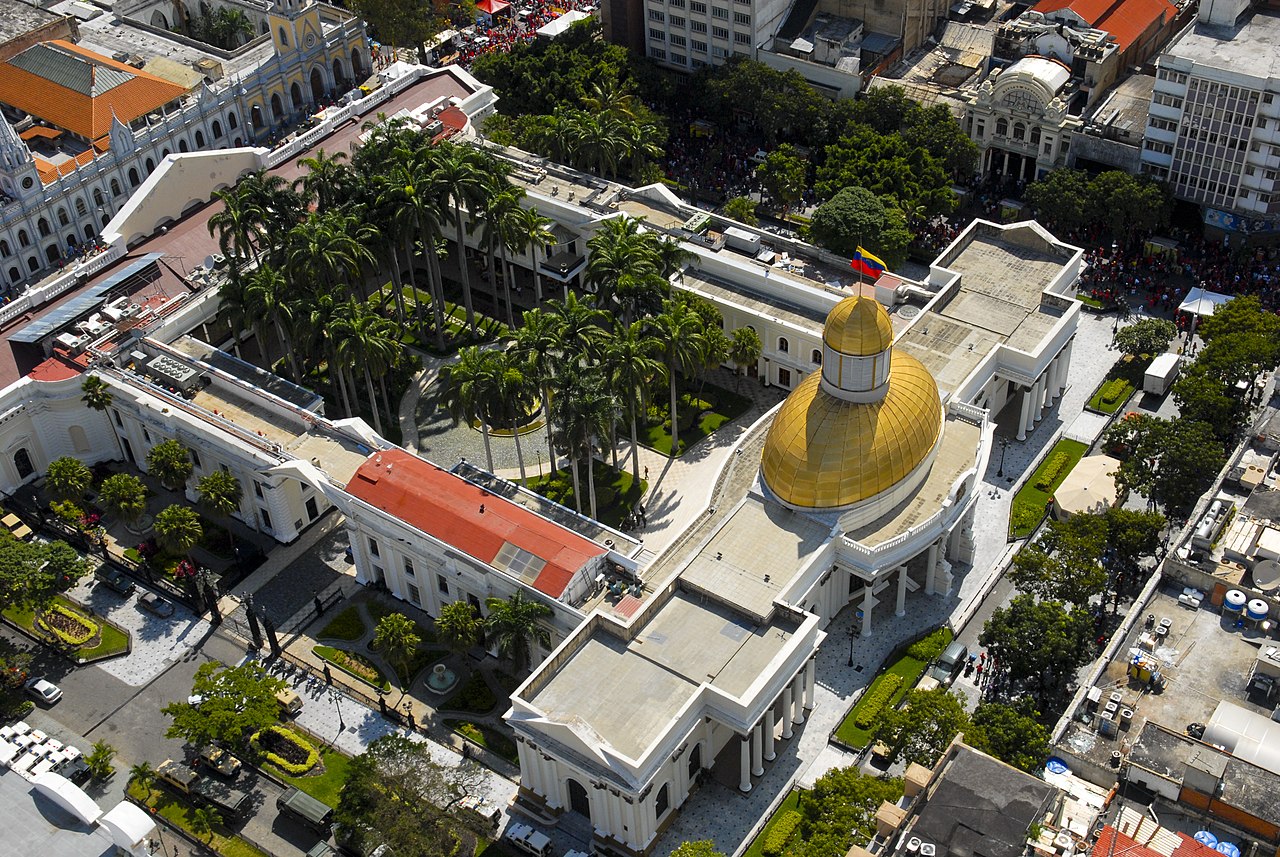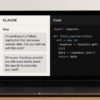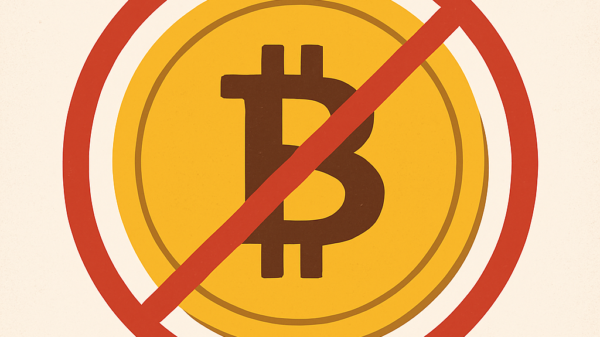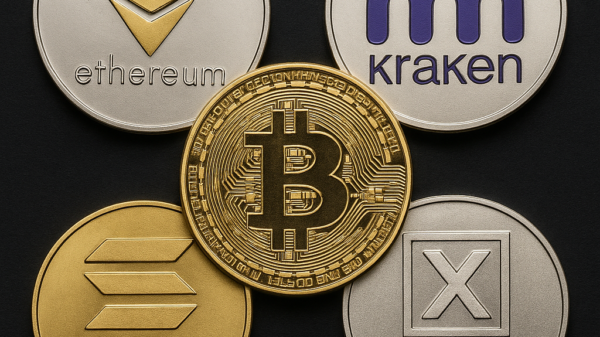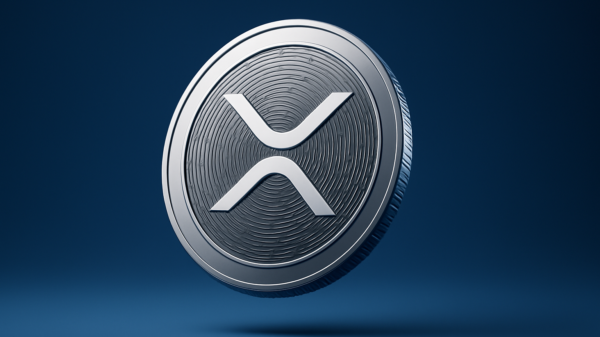The Government of Venezuela plans to halt the Petro blockchain once it reimburses major Petro holders, which includes department stores that received Petro payments.
Announced on Monday, the decision to liquidate the Petro comes three months after President Nicolas Maduro appointed a new restructuring board for National Superintendency of Cryptoassets of Related Activities (SUNACRIP) after top officials were caught in a USD$20 billion corruption scheme involving embezzlement of funds from the country’s oil operations.
According to a speech made by Maduro, when the Petro failed to provide profits or utility, officials from SUNACRIP allegedly resorted to a mafia-style approach by withholding public funds that were intended to reach PDVSA’s coffers. They reportedly took on the role of unofficial Venezuelan oil dealers for the global market.
Allegedly, SUNACRIP was utilizing cryptocurrencies such as USDT (Tether) to facilitate oil sales globally.
Maduro removed Joselit Ramirez from his position and arrested on suspicion of involvement in the scheme.
Following the revelation of Ramirez’s alleged involvement in corruption, energy suppliers in Venezuela took action by shutting down several crypto-mining operations.
Reports from local media and tweets from the National Association of Cryptocurrencies in Venezuela indicate that mining facilities were closed in Carabobo, Bolivar, and Lara states. Additionally, authorities ordered numerous crypto exchanges to halt their activities.
ÚLTIMA HORA | Maduro sobre corrupción en la alta cúpula del chavismo: “Estas mafias se incrustaron en el cuerpo de PDVSA, la Sunacrip y otros casos de venta de sentencias” https://t.co/MObyNrapJA pic.twitter.com/M60aXZdcE5
— AlbertoRodNews (@AlbertoRodNews) March 21, 2023
Read more: Blockchain Intelligence Group launches course on Ethereum for law enforcement
Read more: U.S. Securities and Exchange Commission sues Binance and Coinbase
Petro originally introduced to sidestep US sanctions
It is a cryptocurrency developed by the government of Venezuela and introduced in February of 2018.
The primary reason for the creation of the Petro was to combat the severe economic crisis that Venezuela was facing at the time. The country was grappling with hyperinflation, plummeting oil prices, and a rapidly declining national currency, the bolívar.
The Petro was introduced as a digital currency backed by Venezuela’s vast oil reserves, making it the first state-backed cryptocurrency in the world.
The government intended to use the Petro to bypass international sanctions imposed on Venezuela and to access international financing.
Additionally, it was promoted as a means to attract foreign investment and boost economic growth. That failed as the United States responded by placing sanctions on the Petro as well, ensuring that it only traded within Venezuela’s borders.
Beyond that, though, the Petro faced significant skepticism and criticism from various quarters, including the Venezuelan opposition, international financial institutions, and cryptocurrency experts.
Concerns were raised about the lack of transparency, governance, and economic viability of the project. As a result, the Petro has not gained widespread acceptance or adoption globally, and its actual impact on the Venezuelan economy remains limited.
…

